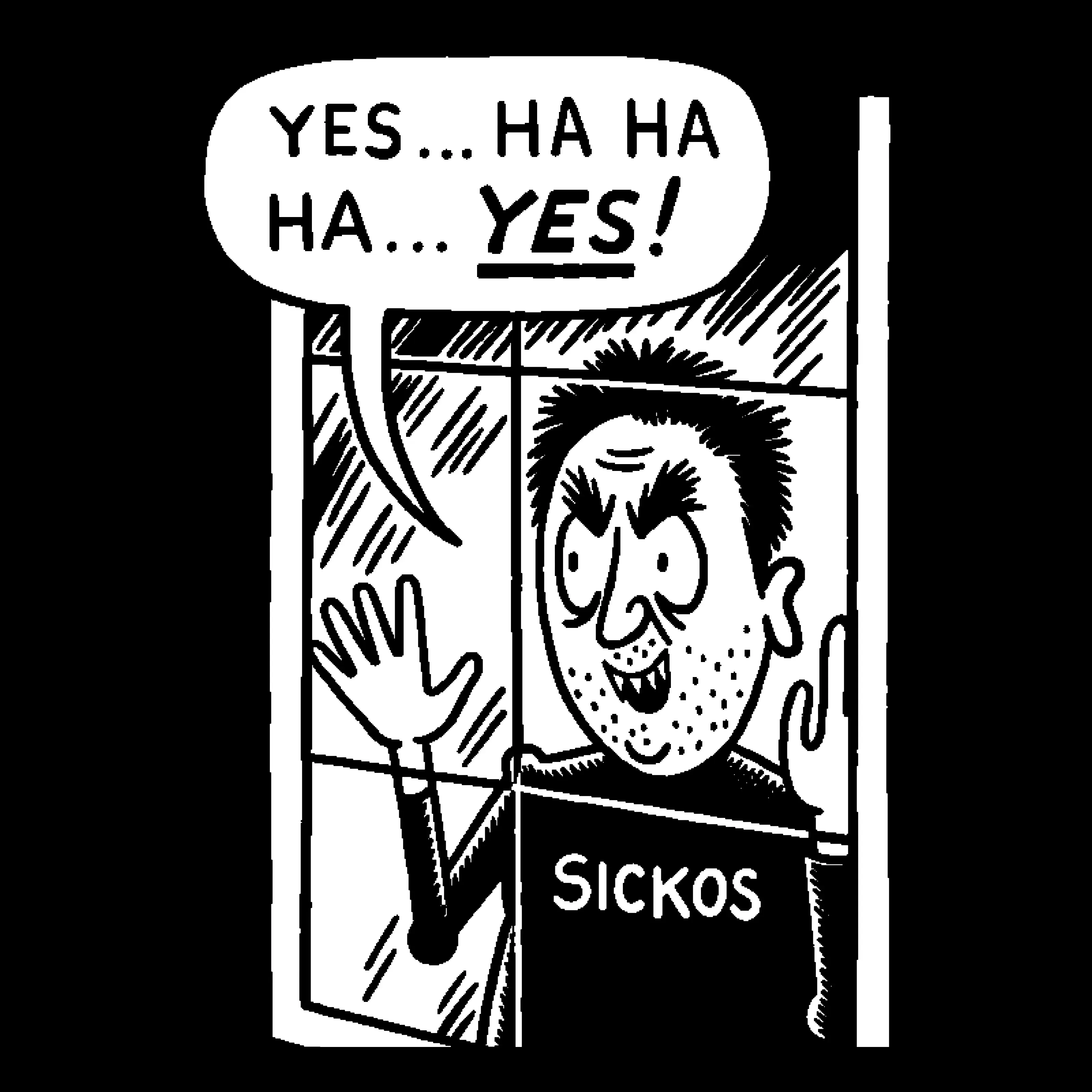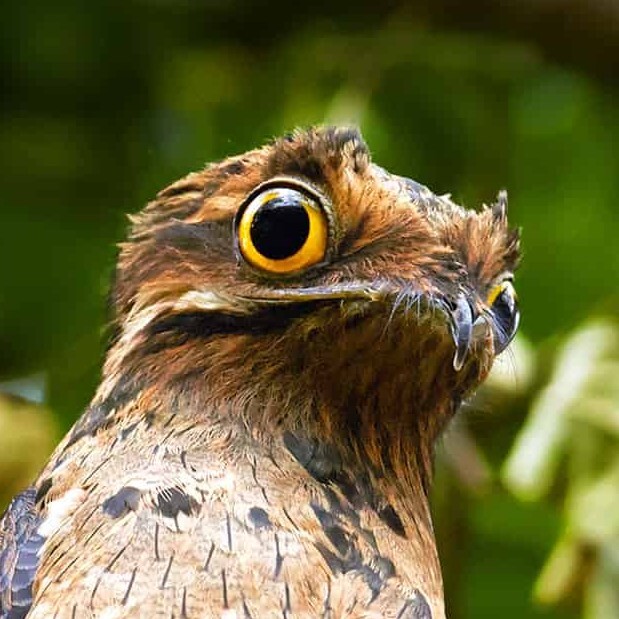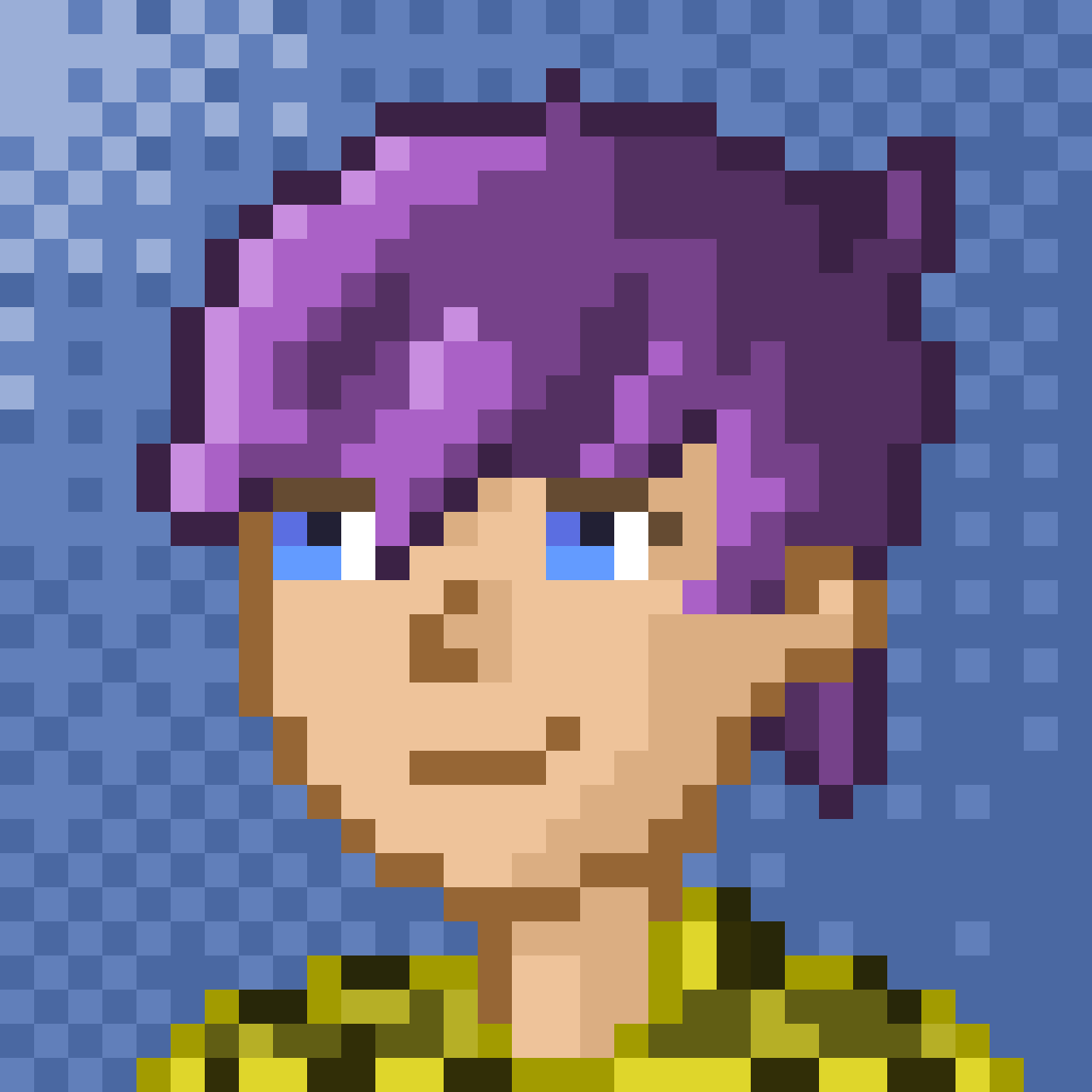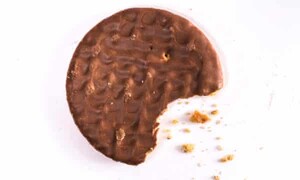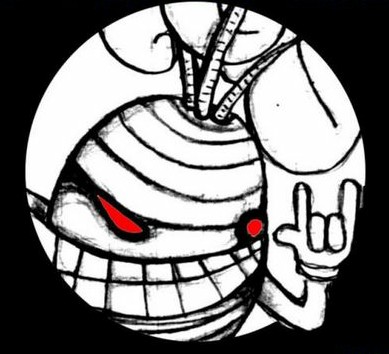Woodlouse or woodlice.
Rolly pollies
The only correct answer.

Source: https://xkcd.com/2372/
This xkcd is so good!
Rolly Pollies
Roly Poly
Thanks pro*
Roly Poly
holy moly a rolly poly!
Rolly poly in my guacamole!
oh man, rolly pollie in my aioli ravioli!
it’s rolly Polly, homie
So I never really though about this before this post, but the Dutch name is actually really fucking weird. They’re called “pissebedden” here, which is a combination of “pissen” (to pee) and “bedden” (beds). I read that apparently there was a superstition that they would help against bed wetting of you put them in your bed before sleep. I guess that’d help because it’d be hard to sleep with those buggers crawling around in your bed. What’s also weird is that the name isn’t literally “bed wetters” because then the words should be reversed like “bedpissers” or something. So it’s more like “pissybeds” in English.
Idk what tf they were smoking tbh, but it’s the normal word for them and is even used on Wikipedia. Li they’re talking about the zoetwaterpissebedden (fresh water pissybed) as if this is a reasonable scientific name.
In Danish it is “bench biters”
But I have never seen one eat a bench
Nice but of Dutch etymology. An interesting tidbit is that they share there name with the French for dandelion (which English word come from another French term ‘dents de lion’ or lions teeth) which are called ‘pissenlit’ (also ‘piss in the bed’)
This is because the dandelion has a diuretic effect, it makes one urinate. For the woodlouse it’s different, they don’t make you piss the bed, but only make it smell like it. They secrete an ammonia like smell, which smells like piss.
source (in Dutch).
Yes pissebed… But we say : verkskes ( little piggies) in my dialect.
Kellerassel
If we had gagaball when I was a kid, I wouldn’t have spent every recess playing with rollypollies.
Sow bugs, but some kids called them rolly-polleys. I taught my daughter both (as well as wood louse), but as you can imagine, she went with the fun one.
Haven’t seen anybody say armadillo bug yet.
Woodlice
American from the Midwest here. We alternated between pillbug and roly poly.
Growing up in Dorset, UK we always called them “Chiggy-wigs”
Hey, I’m from Dorset too. I’ve never heard Chiggy wigs before. I wonder if it’s a very regional or age thing. We called them wood lice.
Hello! I grew up on Portland, so perhaps it is very regional. I think we used the term specifically for the large black kind that roll up, the other brown/grey ones that don’t we called Wood Lice too!
Oh I don’t think I’ve seen the large black ones before. I grew up in Poole. Perhaps the black ones are less common here.
Not a bug technically, an isopod.
People pay stupid money for rubber duckies:

If I had cash, I’d want a giant one:

I always called them Rollie pollies. My brother in laws earliest memory of me is me explaining how good they were to eat.
What the fuck
Not a bug technically, an isopod.
It’s not like “bug” is a technical term in the first place. Why not “bug”? It looks buggy to me.
It is. Insects in the order Hemiptera are “true bugs.” Pokey mouth parts for piercing and sucking and something special about the wings, I forget what.
Oh, well TIL, my bad
You can go up to “insecta” for “bugs” in general.
If you wanted to be nit picky/old school you could exclude all non-heteropterans from “true bugs.”
You’d want a giant one?
Giant isopods are found in the deep ocean, typically dwelling on the ocean floor up to 7,000 feet deep in regions like the Indo-Pacific and western Atlantic oceans.
Would they survive on sea level?
No
They likely go blob-isopod too.
I assumed as much. So bro would have to have a pressurised chamber that’s also dark, so even if it was see-through, there’d really be no use.
Maintaining the tank would also be a bitch probably. Feeding, cleaning, etc. Feeding not so much but…
Anyway, doesn’t seem like the optimal solution as a pet or design choice, unless you’re like a billionaire, in which case you can do whatever the fuck you want (until we find another Luigi)
My ex collects this things. Apparently there a market for raising and selling them.
We keep some little orange isos in our reptile tanks to help with keeping the tank clean. I feel weird paying for fancy “potato bugs” but they apparently help, so here I am.
Springtails and isopods are good “clean up” crews. Usually reptiles, but you can also do cool bioactive set ups for rats.
Springtails are also not bugs and are hella under appreciated. They are absolutely adorable under a microscope, but you just can’t find great pictures online.
Is that cavetown as in the singer?
We’re in the deep cuts here but I love this cover/remix of one of their songs by Mounika, enjoy.
He’ll fuck you up if you’re mean to bugs!
He knows karate



